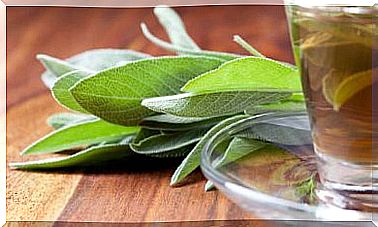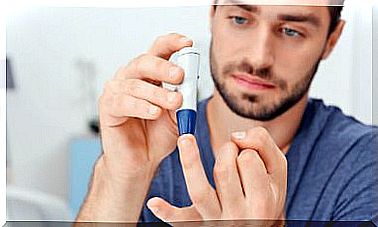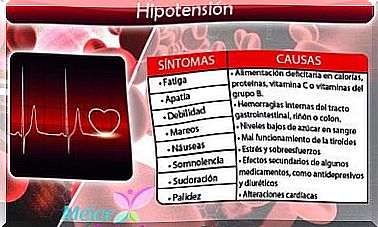Gastric And Duodenal Ulcers
Gastric ulcers are erosions or wounds that appear on the lining of the stomach. When the erosion occurs in the upper part of the small intestine it is called a duodenal ulcer.
What causes are associated with gastric and duodenal ulcers?
- Acid hypersecretion: the loss of stomach acid balance due to an excessive production of hydrochloric acid (acid necessary to help digestion) can be the cause of the appearance of peptic ulcer.
- Non-steroidal anti- inflammatory drugs (NSAIDs): the excessive and prolonged use of anti-inflammatory drugs to relieve pain, inflammation and fever such as ibuprofen increases the risk of gastrointestinal bleeding and ulcer disease.
- Stress, tobacco and alcohol: favor the appearance of peptic ulcer.
On the other hand, it is currently known that there is a direct relationship between gastric or duodenal ulcer and infection by the Helicobacter pylori bacteria. The characteristic spiral morphology of this bacterium facilitates its penetration into the gastric mucosa, adhering to it and producing toxins that will cause inflammation and the appearance of the lesion.
It is estimated that approximately 50% of the world’s population may be infected with H. pylori , although only 15% of people infected with this microorganism will develop a gastric or duodenal ulcer during their lives.
What are the symptoms?
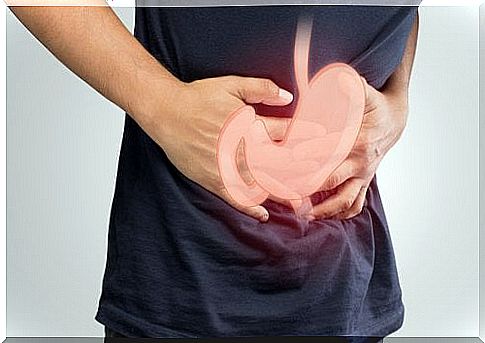
The most common symptoms related to gastric and duodenal ulcers are the following:
- Abdominal pain: main symptom referred to as a burning or burning sensation in the pit of the stomach. It usually calms down when food is eaten or after administration of antacids. In the case of gastric ulcer pain is more characteristic immediately after meals.
- Heartburn or a burning sensation in the esophagus.
- Nausea and vomiting.
- Changes in intestinal transit and abdominal swelling or distention.
It can be the case of asymptomatic ulcer, where the discomfort is not so characteristic and its diagnosis takes place when there are more serious complications such as:
- Digestive hemorrhage : hematemesis appears (the patient vomits blood) and melena (black stools due to the presence of blood in the stool).
- Perforation : the ulcer gets deeper and deeper until it pierces the gastroduodenal mucosa.
- Pyloric stenosis : it occurs when the area that joins the stomach and duodenum narrows and the patient feels full without having eaten food.
How is it diagnosed?
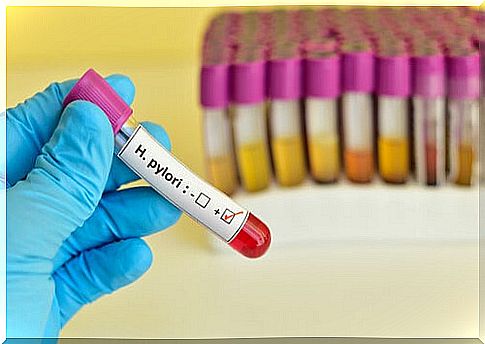
The diagnosis of gastric and duodenal ulcer is made based on the patient’s medical history, the characteristic symptoms that he presents and the physical examination and complementary tests that are considered appropriate.
Diagnostic methods are usually focused on visualizing the ulcer and detecting the Helicobacter pylori bacteria .
- Methods focused on visualizing the ulcer
-
- Oral digestive endoscopy: It is performed by inserting a tube with a small camera through the mouth and esophagus. This allows the visualization of the entire digestive tract and the detection of alterations. In the event of an ulcer lesion, a tissue sample (biopsy) is taken for analysis.
- Methods focused on the detection of Helicobacter pylori
- Serological tests for the detection of antibodies against this microorganism.
- Detection of helicobacter in stool samples.
- The breath test: it consists first in the ingestion of a liquid with carbon-labeled urea and then in blowing a tube to determine if the exhaled CO2 contains marked carbon, which would indicate if the bacteria has metabolized it and therefore the confirmation of its presence.
What does your treatment consist of?
Treatment is focused on relieving symptoms and alleviating pain with drug treatment.
Antacid drugs and gastric protectors
- Proton pump inhibitors: for example, the well-known omeprazole, responsible for blocking the acid secretion of the stomach.
- H2 receptor antagonists : An example is ranitidine.
Drugs indicated in the treatment of Helicobacter pylori
Treatment to eradicate this microorganism consists of the use of a proton pump inhibitor to reduce acid secretion in combination with antibiotics that kill the bacteria.
It is administered for a few days and after the treatment the breath test is repeated, which will confirm that the infection has disappeared.
Treatment of peptic ulcer complications such as bleeding or perforation requires localization of the bleeding ulcer by endoscopy and cauterization of the bleeding. In the case of perforation, urgent surgical intervention is required.
Prevent gastric ulcers
The prevention of ulcerative diseases is in our hands. Not abusing non-steroidal anti-inflammatory drugs, drinks rich in caffeine, avoiding tobacco and eating a healthy diet reduce the risk of peptic ulcer development.
